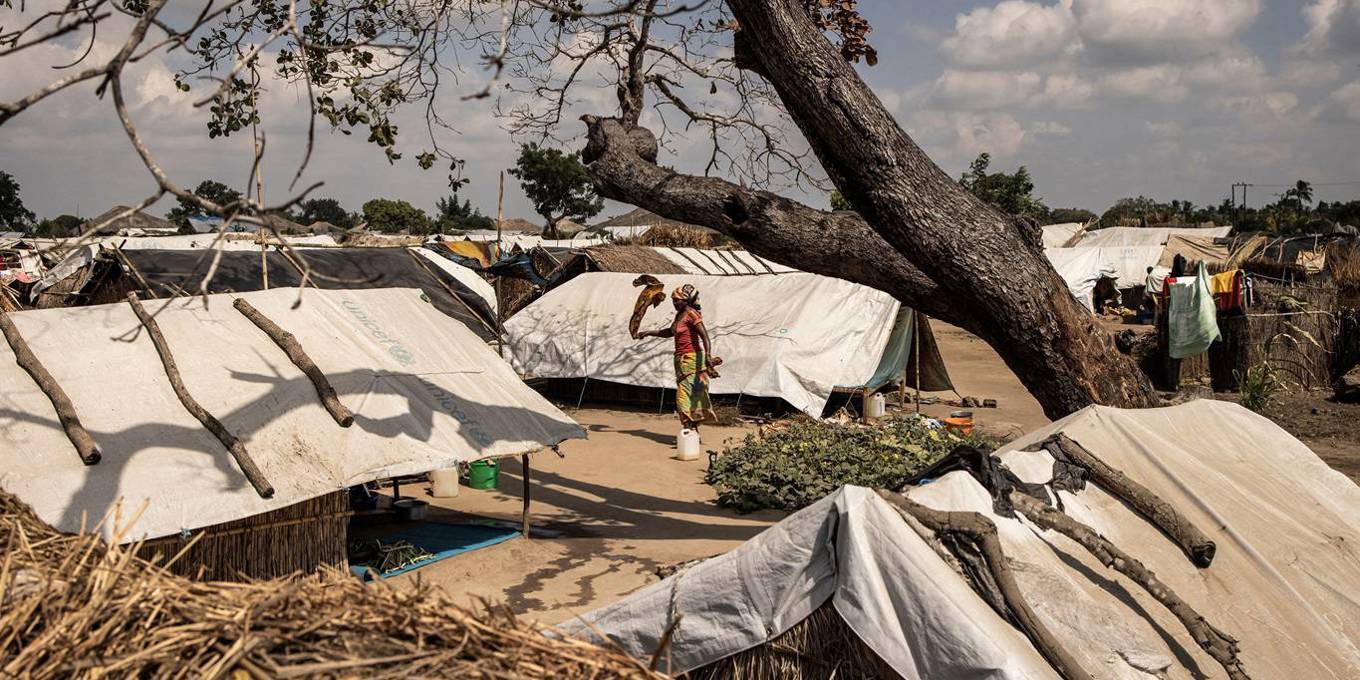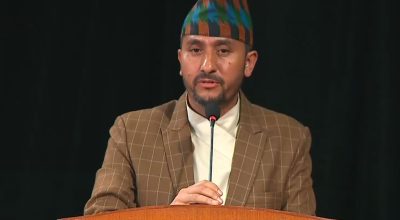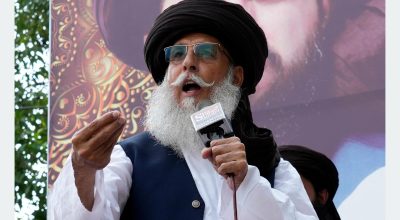
Kevin Watkins
LONDON, DEC 4 (PS) – The world is losing a winnable battle. UN Secretary General António Guterres warns that the 2030 Sustainable Development Goals (SDGs) are on the verge of becoming “the epitaph for a world that might have been.” Can the patient be resuscitated?
Decisions made in the coming days will have a significant bearing on the answer. On December 7, governments will announce their funding pledges for the International Development Association, the branch of the World Bank Group that delivers finance to the world’s poorest countries (with annual per capita incomes below $1,315). IDA replenishment happens every three years, which means that commitments made today span the critical investment period for salvaging the SDGs. Unfortunately, it isn’t looking good, with several key donors failing to pull their weight.
The 78 countries covered by the IDA are where the battle for the SDGs will be won or lost. Home to 500 million people surviving on less than $2.15 per day, they account around for 70% of extreme poverty and over 90% of world hunger. Worse, it is children who are on the front lines. In a recent ODI report, my co-authors and I estimate that some 257 million children in IDA-eligible countries are growing up hungry, with devastating consequences for their health and educational prospects.
Recent setbacks have compounded already severe challenges, triggering major reversals. After being hit hard by the COVID-19 pandemic, IDA countries have been buffeted by post-pandemic economic slowdowns, rising food prices, and surging public debt.
Over half are falling further behind rich countries as global inequalities widen. Poverty reduction has slowed from an already inadequate pace, and progress against hunger has stalled. Debt service is crowding out vital investment, with repayments now outweighing spending on health and basic education.
Against this bleak backdrop, access to affordable development finance has been shrinking. Real (inflation-adjusted) financial transfers to Africa from donors have fallen, and rising real interest rates have priced most IDA countries out of sovereign bond markets (or otherwise subjected them to punitively high borrowing costs).
The IDA is the single most powerful multilateral financial weapon in the anti-poverty arsenal. In the last fiscal year, it provided $31 billion in support for member countries and was by far the largest source of development finance for Africa, which benefits from zero-interest grants, concessional loans repayable over 30-40 years, or both.
Such finance is an SDG lifeline, because it is overwhelmingly directed to areas with demonstrated benefits for the poor, such as social protection, investments in child and maternal health, and education. With a generous replenishment, the IDA could help lift millions out of extreme poverty, extend opportunities for improved health and learning, and support adaptation to climate change.
Moreover, for donors seeking value for money, the IDA has a unique advantage: every $1 received can deliver $3.50. The IDA can leverage the World Bank’s AAA credit rating to secure low-interest financing by issuing bonds and lending the proceeds to developing countries. When donors deliver funds through bilateral aid programs or global health funds, the money that comes out mirrors the money that goes in. But the IDA offers a much bigger bang for the buck.
The IDA also mitigates damaging international-aid practices. Currently, only around 8% of poverty-related development assistance is delivered through government budgets. The rest arrives through project funds controlled by donors, leading to fragmentation, weak coordination, and high transaction costs for governments. Hence, Ethiopia had to manage 454 aid transactions for agriculture alone in 2021. By contrast, the IDA delivers support through national budgets for nationally owned programs, which is why governments across Africa strongly support it.
The World Bank has rightly made the case for a major IDA increase. Last year, the bank’s president, Ajay Banga, called on donors to provide more than $120 billion, which would make this replenishment “the biggest of all time.” Sadly, that ambition has faded, with current pledges implying a replenishment of less than $105 billion – smaller than the previous one, in real terms.
While US President Joe Biden’s administration has announced an increased IDA commitment, and several smaller countries and new donors have also stepped up, some major G7 economies have stepped back. Last year, French President Emmanuel Macron hosted a summit aimed at creating a new global financial pact to tackle poverty and the climate crisis; but this year, he is set to cut France’s contribution to the IDA.
Equally disappointing is the United Kingdom, which was among the largest contributors to the IDA in the decade ending in 2022 – a legacy of former Prime Minister Gordon Brown’s leadership. The picture changed dramatically in the last IDA replenishment, when the UK contribution was halved as Conservative governments took a wrecking ball to the aid budget.
This year’s replenishment gives the new Labour government an opportunity to start rebuilding Britain’s reputation as a “development superpower.” Foreign Secretary David Lammy has promised a new era in which the UK will “use realist means to pursue progressive ends.” Reversing the Conservatives’ cuts with a 54% increase to the UK contribution (representing a commitment of $2.2 billion) would certainly meet those criteria. And yet, the Treasury wants to cap any additional contribution at 20-40%.
That would be a travesty. While the Treasury is correct to note that it inherited a poisoned chalice of unsustainable public finance from its Conservative predecessors, it is wrong to suggest that the UK cannot afford to send a positive signal in the interest of international cooperation and its own soft power.
Making matters worse, the government has effectively shelved long-standing aid commitments by maintaining previous governments’ policy of subjecting them to impractical and implausible fiscal tests, one of which is to achieve a budget surplus (something that has happened only four times since 1971). There is nothing realist or progressive about using implausible goals as a pretext to turn one’s back on the world’s poor. The UK should fully restore the IDA cuts made by the Conservative government.
The IDA may not be perfect, but it’s the best tool that we have for restoring the hope that the SDGs once instilled. Governments should use it.
Kevin Watkins, a former CEO of Save the Children UK, is a visiting professor at the Firoz Lalji Institute for Africa at the London School of Economics.
Copyright: Project Syndicate, 2024.
www.project-syndicate.org
















